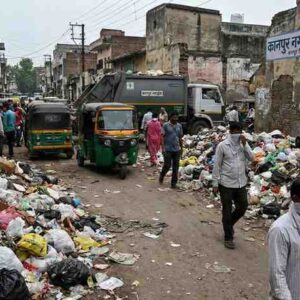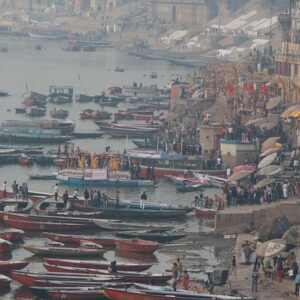Exploring the Impact of Geopolitical Boundaries on Ethnic Groups in India
Introduction:
In India, a nation marked by an intricate tapestry of cultures, languages, and ethnicities, the drawing of political borders has profound implications for the identity and politics of its diverse populations. This article examines how the delineation of state and national boundaries influences ethnic identities, focusing on recent governmental actions and demographic data.
Background and Current Context:
India’s complex history of state formation, often driven by linguistic and ethnic considerations, has played a significant role in shaping regional identities. Recent government initiatives to redraw state boundaries and create new administrative regions highlight the ongoing relevance of political cartography in the nation’s socio-political landscape.
Statistical Overview:
- Population and Diversity: According to the Census of India, the country is home to over 2,000 distinct ethnic groups and more than 1,600 spoken languages.
- Administrative Changes: Recent governmental reports indicate proposals for redrawing several state boundaries to better align with ethnic and linguistic demographics, aiming to enhance administrative efficiency and local governance.
Case Studies of Political Boundaries Influencing Ethnic Identities:
- Creation of Telangana: In 2014, the bifurcation of Andhra Pradesh to create Telangana was significantly driven by cultural and linguistic identity, showcasing how state boundaries can affirm ethnic identities. Post-division, Telangana has reported a higher rate of regional pride and investment in local culture, as per the state government’s economic survey of 2021.
- North East Territorial Integrity: In the northeastern part of India, the ongoing dialogue around the Naga Peace Accord and the demands for a Greater Nagalim have brought into focus the delicate balance between ethnic identities and political boundaries. The government’s data from the Ministry of Home Affairs indicates that negotiations have considered the ethnic compositions of contiguous areas while ensuring that existing state boundaries are not disrupted.
- Gorkhaland Movement: The demand for a separate Gorkhaland state within West Bengal highlights how administrative boundaries intersect with ethnic identity politics. Despite ongoing discussions, the state government’s recent reports suggest the formation of autonomous councils instead of full statehood, aiming to address ethnic aspirations while maintaining state integrity.
Impact on Ethnic Relations and National Unity:
- Cultural Cohesion vs. Division: Redrawing political boundaries can strengthen cultural cohesion within a region but also has the potential to foster divisions between different ethnic groups, as seen in the case of Gorkhaland.
- Political Representation: Enhanced representation for ethnic groups in local governance can lead to more tailored and effective public policies. However, changes in boundaries often lead to political upheaval as seen in demographic shifts and voting patterns.
Governmental and Legal Frameworks:
- Constitutional Provisions: The Indian Constitution provides mechanisms for altering state boundaries under Article 3, emphasizing that such changes should consider the preservation and promotion of ethnic and cultural identities.
- Recent Legislative Actions: In response to ethnic conflicts and demands for greater autonomy, the Parliament has debated amendments to provide more local powers to ethnic groups while ensuring that these measures do not undermine national unity.
Conclusion:
The shaping of ethnic identities by political cartography in India is a dynamic and ongoing process. While the redrawing of boundaries can sometimes address grievances and enhance governance, it also requires careful consideration to avoid exacerbating ethnic tensions. As India continues to evolve, the interplay between geography and ethnicity will remain a central theme in its political discourse, necessitating a balanced approach that respects diversity while fostering national integration.












